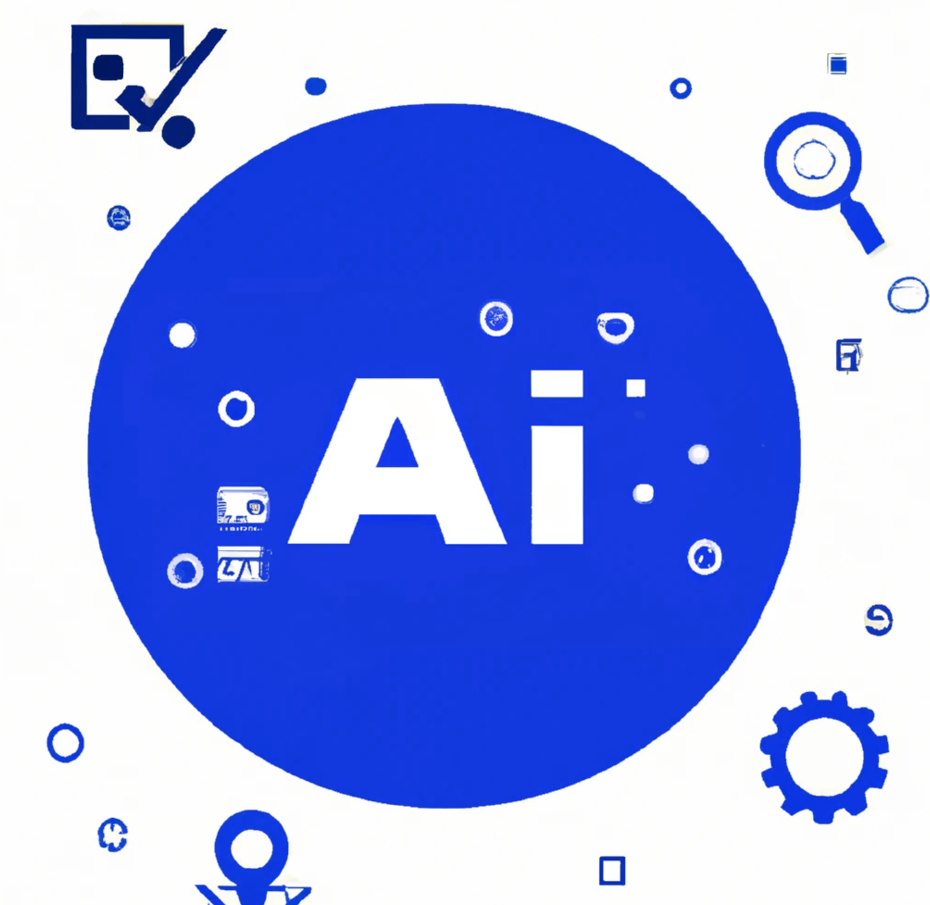How Enterprises Can Cut Costs with AI-Powered Tools
In an era where every dollar counts, enterprises are continually seeking innovative ways to streamline operations and boost their bottom line. Artificial intelligence (AI) has emerged as a powerful ally in achieving this goal. In this blog, we’ll explore how enterprises can save money by harnessing the capabilities of AI-powered tools, and we’ll highlight some of the top AI Powered tools to consider
AI-powered tools are software applications and systems that leverage artificial intelligence (AI) techniques and algorithms to perform specific tasks or automate various processes. These tools have gained significant importance in recent years across multiple industries due to their ability to enhance efficiency, accuracy, and productivity.
What are AI-powered tools?
- AI-powered tools are software applications that use artificial intelligence techniques, such as machine learning and natural language processing, to perform tasks, make decisions, and solve problems.
How do AI-powered tools work?
- AI-powered tools use algorithms to process data and make predictions or decisions based on patterns and information in the data. Machine learning and deep learning are commonly used techniques in these tools.
- AI-powered tools can automate tasks, analyze large datasets, provide insights, enhance decision-making, and improve user experiences in various domains, from healthcare and finance to customer service and content creation.
1.Efficient Automation
AI powered tools like UiPath and Automation Anywhere excel at automating repetitive and time-consuming tasks. Whether it’s data entry, invoice processing, or inventory management, these tools can handle these functions efficiently, reducing the need for manual labor and saving on operational costs.
2. Predictive Analytics:
Predictive analytics tools such as IBM Watson Analytics and DataRobot can help enterprises forecast demand, optimize pricing strategies, and prevent costly overstock or stockouts. By making data-driven decisions, businesses can minimize waste and improve overall efficiency.
3. Enhanced Customer Support:
AI-powered chatbots and virtual assistants like Zendesk’s Answer Bot and Freshchat offer 24/7 customer support. They can handle routine inquiries, troubleshoot problems, and guide users, reducing the need for large customer support teams and enhancing cost-effectiveness.
4. Supply Chain Optimization:
AI powered tools like Llamasoft and ToolsGroup optimize supply chain operations by predicting demand, improving inventory management, and optimizing logistics routes. These optimizations lead to significant cost reductions in warehousing, transportation, and inventory carrying costs.
5. Fraud Detection:
Tools such as Sift Science and RapidMiner use AI to identify and prevent fraudulent activities, whether in financial transactions, e-commerce, or cybersecurity. Early detection saves enterprises substantial sums by preventing financial losses and protecting their reputation.
6. Personalized Marketing:
AI-driven marketing platforms like HubSpot and Adobe Target enable enterprises to create highly targeted and personalized marketing campaigns. By reaching the right audience with tailored messages, businesses can increase conversion rates and marketing ROI while reducing ad spend.
7. Energy Efficiency:
AI-powered building management systems like Schneider Electric’s EcoStruxure optimize energy consumption by automatically controlling lighting, heating, and cooling. These systems lead to substantial energy savings and reduced utility costs.
8. Human Resources Optimization:
AI Powered tools such as HireVue and Harver use AI-driven assessments and interviews to streamline the hiring process. By identifying the best-fit candidates more efficiently, HR departments can reduce recruitment costs.
9. Quality Control:
AI powered quality control systems like Cognex and NEURALA can identify defects in real-time during manufacturing. By catching quality issues early, businesses reduce waste, rework costs, and avoid delivering faulty products to customers.
10. Workflow Management:
AI-driven workflow automation tools such as Kissflow and Nintex streamline business processes across departments. They reduce manual intervention, errors, and bottlenecks, resulting in cost savings and increased operational efficiency.
The Financial Benefits of AI Powered Tools:
The financial benefits of incorporating AI tools into enterprise operations are substantial:
- Cost Reduction: AI tools streamline processes, reduce labor costs, and optimize resource allocation.
- Efficiency Gains: Automation and optimization lead to more efficient operations and faster decision-making.
- Data-Driven Decisions: Data-driven insights minimize costly errors and maximize revenue opportunities.
- Improved Customer Experience: Enhanced customer support and personalized experiences boost customer satisfaction and retention.
- Competitive Advantage: Enterprises that leverage AI gain a competitive edge in their industries.
12.conclusion AI powered tools
AI powered tools offer enterprises a strategic path to cost savings and efficiency gains. Whether it’s through automation, predictive analytics, or enhanced customer experiences, AI empowers organizations to operate more efficiently and effectively. As AI technology continues to advance, its potential to drive financial benefits for enterprises will only grow, making it a valuable asset for those seeking to thrive in the competitive business landscape.
Frequently Asked Questions:
1.How can AI reduce costs for businesses?
2.How does artificial intelligence reduce cost?
